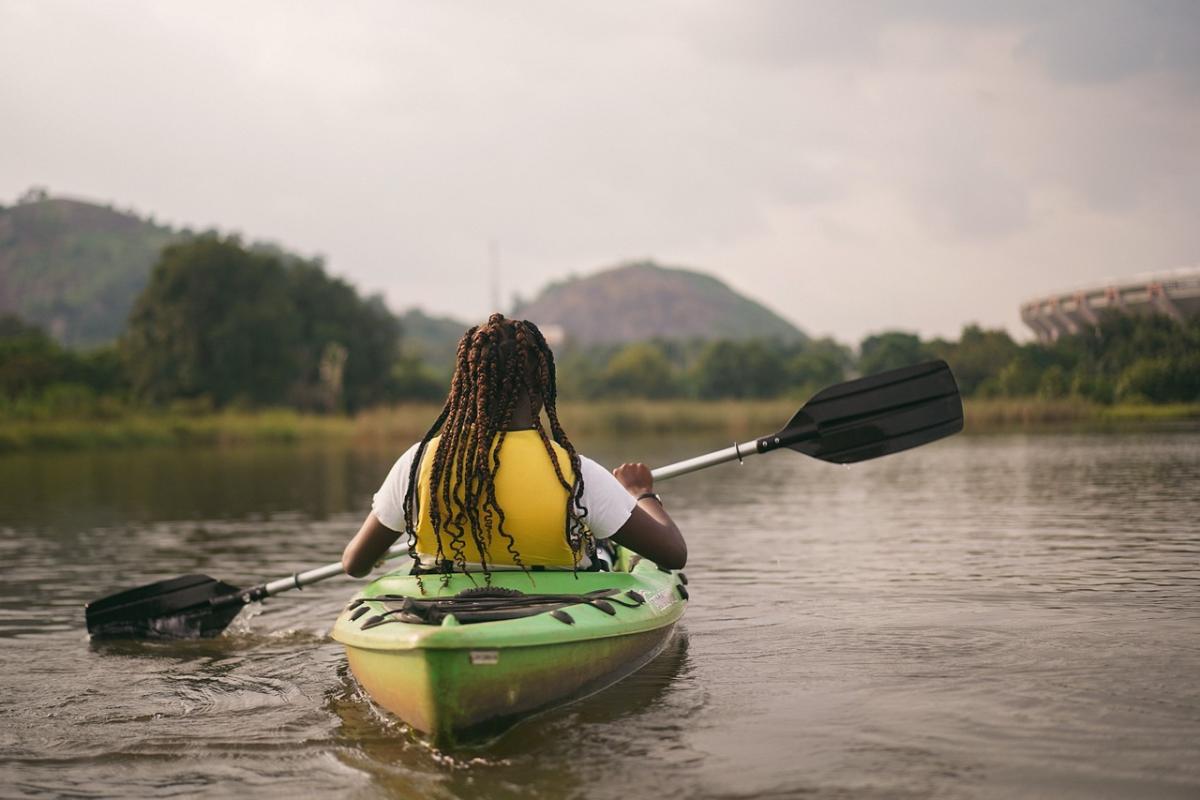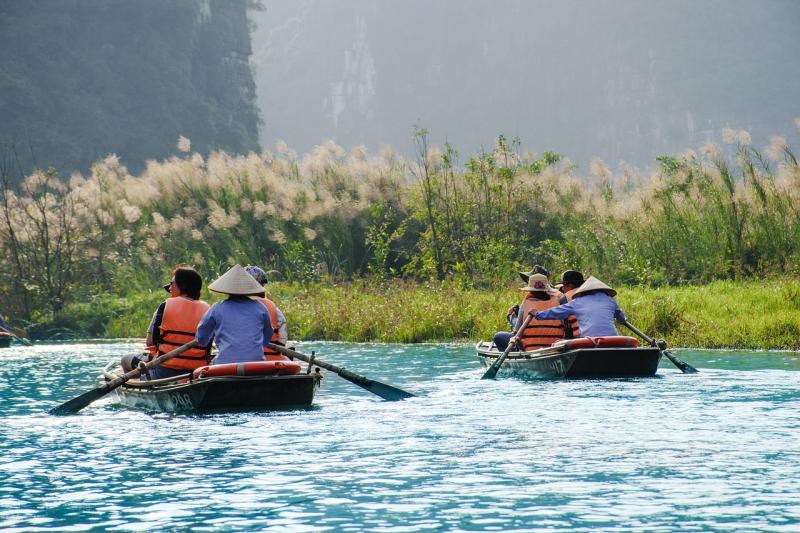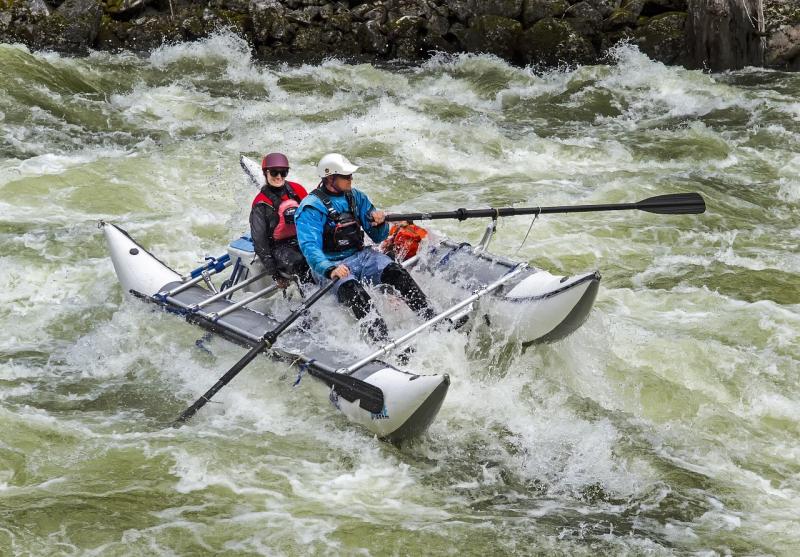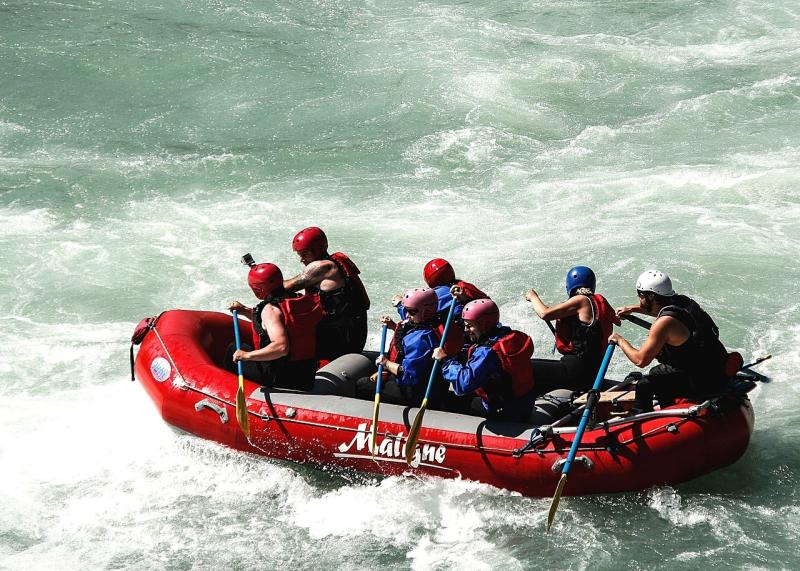When you hit the water in your kayak, safety should always come first. It’s all about enjoying the adventure while staying smart and secure. Here’s a list of must-have safety gear that’ll keep you safe and sound on those thrilling days out on the water.
1. Personal Flotation Device (PFD)
Your PFD is non-negotiable. Choose one that fits well and is comfortable to wear. Look for a bright color or reflective strips so you’re visible, especially during low light conditions. You want one that allows for free movement while still providing the buoyancy you need.
2. Safety Whistle
A whistle is a simple but crucial piece of safety gear. It’s lightweight, cheap, and can be a lifesaver. If you get into trouble or need to signal for help, a whistle can be heard much farther than your voice.
3. Bilge Pump
Water can sneak into your kayak, so having a bilge pump on hand is smart. This handy tool helps you remove any excess water, keeping your kayak afloat and stable. Look for a compact model that you can store easily.
4. First Aid Kit
Accidents can happen, so a first aid kit is essential. Pack it with the basics like band-aids, antiseptic wipes, and any personal medications. Make sure it’s waterproof or securely stored in a dry bag, just in case.
5. Spray Skirt
If you’re kayaking in windy or choppy conditions, a spray skirt can keep water out of your cockpit. It helps you stay dry and more comfortable during your trip. Plus, it offers an extra layer of safety by helping you stay in control of your kayak.
Life Jackets You Can Trust
When you're out on the water, safety should always be your top priority. Life jackets are a must-have for any kayaking adventure. You want something that fits well, is comfortable, and most importantly, keeps you afloat if you take a tumble.
Look for life jackets that are specifically designed for kayakers. These jackets are usually lighter and provide more freedom of movement compared to regular ones. They should have adjustable straps for a personalized fit, so you won't feel restricted while paddling. Look for features like quick-release buckles and pockets for small essentials, too.
Remember, a life jacket is only effective if you actually wear it. So find one that you love and feels good. That way, you’ll be more inclined to put it on and enjoy every moment of your kayak trip without worry!
Essential Safety Tools for Every Trip
Planning a kayaking adventure? Safety should be at the top of your list. No matter where you're headed, make sure you have these essential safety tools with you. They'll give you peace of mind and keep your trip fun and worry-free.
First off, a personal flotation device (PFD) is a must. Choose one that's comfortable and fits you well. You might forget you’re wearing it, and that’s exactly how it should feel. Look for PFDs that have pockets for easy storage and come in bright colors to make you visible on the water.
Next up, bring a whistle. Sounds simple, right? But it’s super effective for signaling in case of an emergency. Most whistles are lightweight and clip right onto your PFD, making them easy to access. Pair it with a throw bag filled with rope, and you’ll be ready to help yourself or others in tricky situations.
Don’t forget a first aid kit! Not all injuries are serious, but a well-equipped kit can handle minor cuts and scrapes. Look for one that’s compact and waterproof. Some kits even come with handy tools like bandages, antiseptic wipes, and even emergency blankets for those chillier days.
Finally, consider a waterproof phone case or dry bag. You want to capture those beautiful moments and stay connected if needed. A good dry bag keeps your gear safe from splashes and rain, allowing you to focus on enjoying your time on the water. Just remember: safety first, adventure second!
Tips for Staying Safe on the Water
Staying safe while kayaking is super important, and there are a few tips you should keep in mind for your next adventure.
First things first, always wear a personal flotation device (PFD). It’s not just a good idea; it’s the law in many places. Your PFD should fit snugly and be comfortable enough that you could wear it all day. You might not think you’ll tip over, but trust us, it can happen!
Next, make sure you let someone know your plans. Give them a heads-up about where you’re going and when you plan to be back. It's just smart to have someone looking out for you, especially if you’re heading out to more remote areas.
Check the weather before you hit the water. Conditions can change so quickly, and what starts as a beautiful day can turn rough in no time. If you see storm clouds or hear thunder, it might be best to call it a day.
Lastly, bring a communication device, like a waterproof phone case or a VHF radio. In case of any emergencies, you want to be able to reach out for help. Safety gear is great, but having a way to communicate can make all the difference out on the water.



